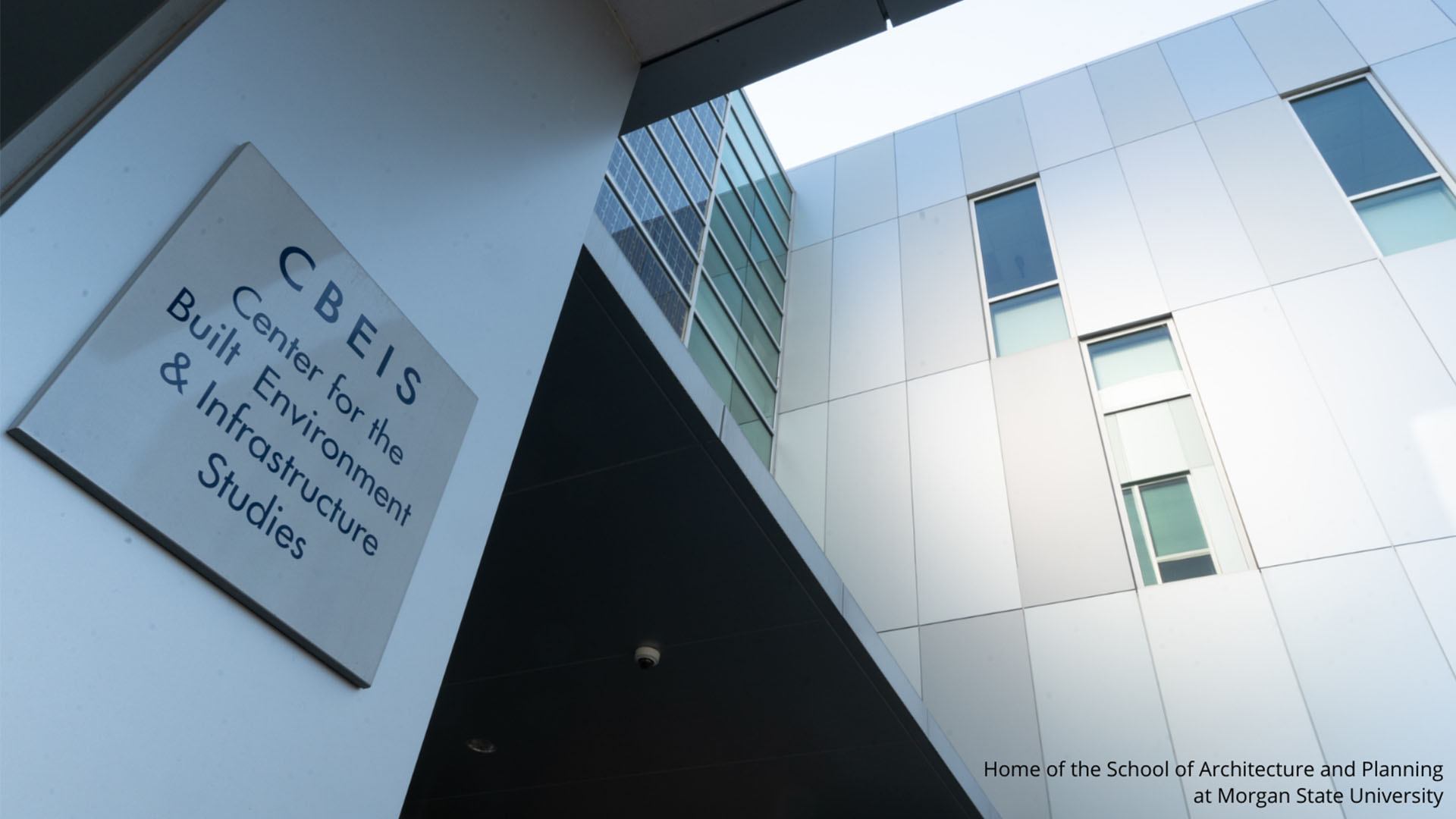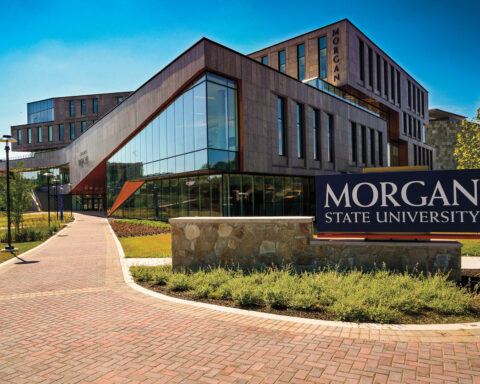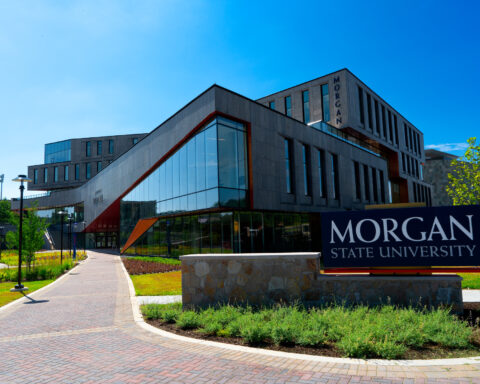By Morgan State University
Morgan State University’s Master of Landscape Architecture Program (MLA) has been re-accredited by the Landscape Architectural Accreditation Board (LAAB), the official accrediting body for first professional programs in landscape architecture. Established to evaluate, advocate, and advance quality education in landscape architecture, the LAAB creates and applies standards that professional programs in landscape architecture must adhere to; in addition, governing all program accreditation compliance. Morgan’s MLA program, housed within the School of Architecture & Planning (SA+P), is the oldest accredited Landscape Architecture program in Maryland, and the only Master of Landscape Architecture program offered at a Historically Black Institution. The six-year period of accreditation ends June 2028.
Landscape architecture involves the planning, design, management, and nurturing of the built and natural environments. The overall goal is to improve human and environmental health in all communities. This includes creating sustainable and resilient open spaces such as parks, campuses, streetscapes, trails, plazas, residences, and other projects that strengthen communities and can respond to climate change. The most recent employment figures show more than 24,000 employees work in the landscape architecture field in the United States. According to the U.S. Bureau of Economic Analysis (BEA) and National Endowment for the Arts (NEA), landscape architecture services contributed $2.7 billion to the U.S. economy in 2015. The largest market sector for landscape architecture is residential design.
The LAAB accreditation is a voluntary, peer review process that the University agrees to undertake to ensure the program is in alignment with the essential educational components necessary for entry-level professional competence. To achieve accreditation Morgan State professors prepared a 200-page self-study report, exhibited student work, and hosted a four-day site visit, which included over 20 meetings with students, practitioners, alumni, and university administrators. The LAAB based the accreditation on a review of the University’s self-study report, results of the on-site visit, and the report of a three-person visiting team comprised of industry professionals, leading design educators, and practitioners. During the process, LAAB evaluated the program’s mission, governance, professional curriculum, faculty credentials, facilities, equipment, technology, as well as program outreach and student outcome experience. Accredited programs are expected to foster and maintain innovation and promote equity and diversity. Department faculty and leadership are required to submit annual reports on program progress.
“As Director, it was an honor to lead our Program through this process and to reach this important milestone in graduate landscape architectural education at Morgan.” said Laurel McSherry, MLA Graduate Program Director. “The visiting team was impressed with our program’s high regard, our long-standing focus on holistic design, and our ability to weave themes of diversity, equity, and inclusion into the curriculum. Maintaining accreditation is critical for students, alumni, and the future of landscape architecture in the State of Maryland. For us, the timing of our achievement is especially meaningful as this year we also celebrate the 40th anniversary of our Program’s first graduating class in 1982.”
LAAB is recognized by the Council for Higher Education Accreditation (CHEA) as the official accrediting body for first professional programs in landscape architecture. The organization is composed of practitioners, academicians, members of the public, and representatives of collateral organizations, such as the American Society of Landscape Architects, the Council of Landscape Architectural Registration Boards, and the Council of Educators in Landscape Architecture. CHEA reviews LAAB accreditation standards and procedures to ensure that the policies and procedures meet proper standards.





